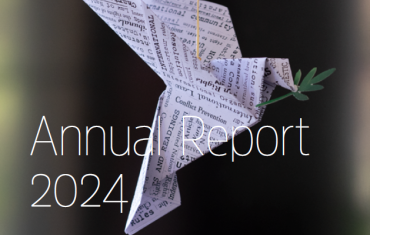This manual is a guide for all ILC members and the broader land community on how we can ensure the implementation of the UNDROP. It's also meant to be used a tool to ensure that the right to land is mainstreamed into strategies aimed at achieving the Sustainable Development Goals (SDGs) and at implementing the UN Decade of Family Farming.
This manual will guide all ILC members and the broader land community through the basics of UNDROP, the right to land and its implementation, answering fundamental questions, such as:
What are the main elements of the right to land and states’ obligations in the UNDROP?
- How is the right to land of peasant women enshrined in the UNDROP?
- Does the UNDROP include other rights that are particularly relevant for the protection of the right to land?
- How does the UNDROP complement other international instruments protecting the right to land?
- What is the role of human rights mechanisms in monitoring the UNDROP and the right to land?
- Do we have examples of good practices at national level that can be replicated in other countries?
The manual also highlights key messages and recommendations that can be used in advocacy efforts.
‘The land community and ILC members can play an important role in promoting and protecting the right to land – a key element of peasants’ rights. This guide is the first guidance on the implementation of this right at the global level and we hope it will provide peasants’ organizations, land activists and the broader land community with the tools to fight for this right and ensure its implementation’ underlines Dr Christophe Golay, Senior Research Fellow at the Geneva Academy and author of the guide.







